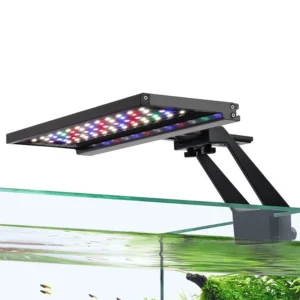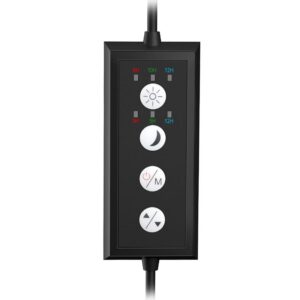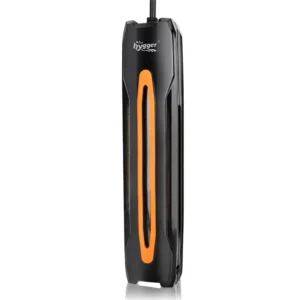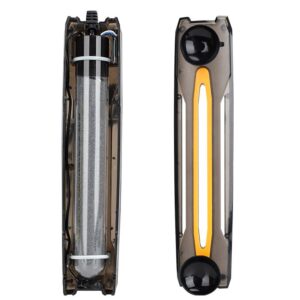Neon Tetra Disease Symptoms and Treatments
The world beneath your aquarium’s surface is intriguing, with a flurry of colors and patterns. Neon tetras, those sparkling tiny wonders, are frequently found in aquariums, their vibrant blue, red, and silver colors lighting up the aquatic environment. Even these tough creatures are vulnerable to diseases, including the famous Neon Tetra Disease. In this article, we will discuss more about the ailment, including its symptoms, and share some valuable insights to treat this condition.
What is Neon Tetra Disease
The parasite infection known as neon tetra disease (NTD) primarily affects neon tetras (Paracheirodon innesi). Because of their tiny proportions and delicate disposition, these distinctive neon fish are especially vulnerable to this disease. Pleistophora hyphessobryconis, a tiny parasite, causes NTD. This parasite penetrates the fish’s muscle tissue, causing significant damage and frequently resulting in death.
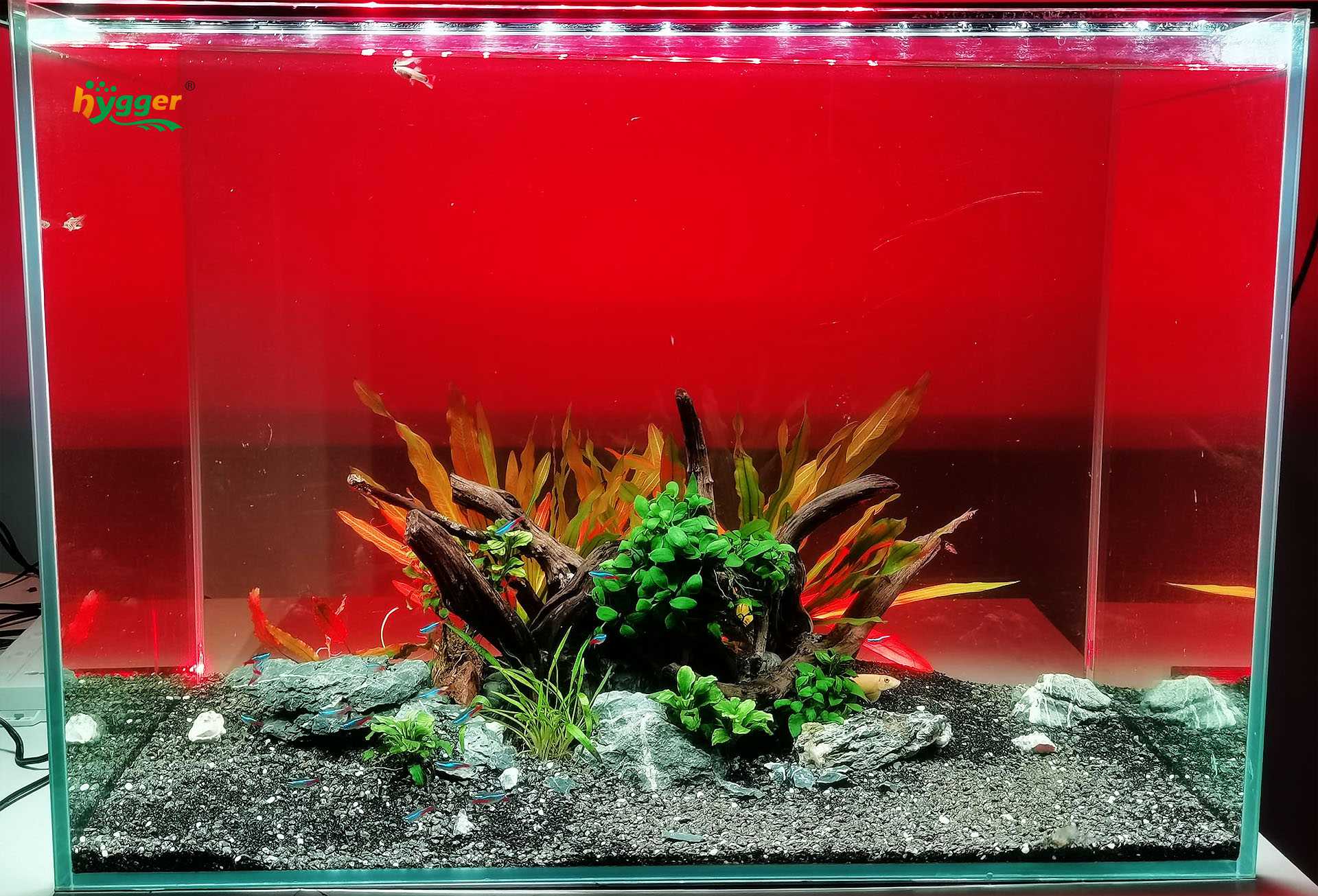
Symptoms of Neon Tetra Disease
Following are the symptoms of Neno Tetra Disease, whatever the gender of tetra fish, timely care can help you prevent the disease.
- Color Fading: The fading of the neon tetra’s vivid colors is one of the first indicators of NTD. The gleaming blue and red stripes fade with time, leaving the once-illuminated fish looking pale and lifeless.
- Spinal Deformities: As the condition continues, your neon tetra may develop physical deformities. Their spine might become curled or twisted, making it difficult for them to keep their balance and swim normally.
- Emaciation: NTD causes neon tetras to lose weight and seem malnourished. Their once-plump bodies become fragile and bony, giving them a sickly appearance.
- Lethargy: Infected neon fish frequently become lethargic, spending the majority of their time at the bottom of the tank, and unable to move or feed.
- Inflammation and Lesions: NTD can produce visible inflammation as well as open lesions on the fish’s body. These are frequently unpleasant and might result in subsequent infections.
How Long Can a Fish Live with Neon Tetra Disease
It would take weeks or even months for fish to survive against this disease as NTD penetrates slowly.
The neon tetras afflicted with NTD often do not live long after the disease has taken hold. Swimming becomes difficult, and feeding becomes practically impossible, as the parasite causes substantial damage to its muscle tissue. This, combined with their malnourished state, usually leads to a short and unpleasant fish life. Prevention is always better than cure, take good care of the neon tetra is a good habit to keep in mind.
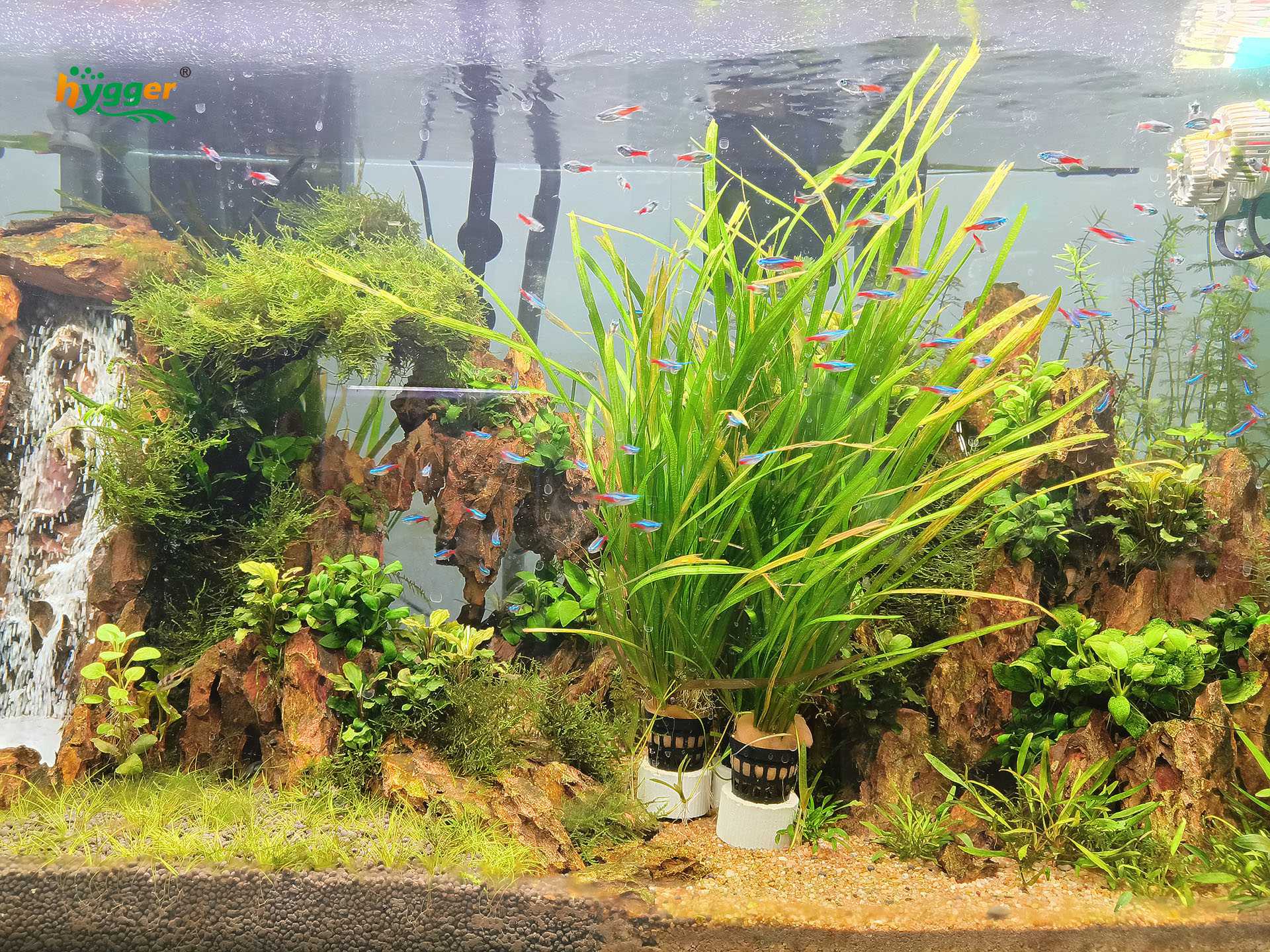
Can Guppies Get Neon Tetra Disease
The good news is that NTD is confined to neon tetras. It normally does not spread to other fish species in the same aquarium. However, basic aquarium hygiene is critical to preventing various diseases or infections from impacting your other aquatic friends. A clean environment and regular water changes go a long way toward guaranteeing the overall health of your aquarium inhabitants.
How to Cure Neon Tetra Disease
While there is no clear cure for Neon Tetra Disease, there are things you can take to help your affected fish and prevent the disease from spreading to other tank mates.
Quarantine Affected Fish
It is critical to isolate diseased neon tetras to prevent the disease from spreading to other tankmates. To facilitate observation and treatment, ideally, use a separate bare-bottomed container as a quarantine tank, you can transfer the infected fish to the isolation tank, leaving enough space for them to move and breathe. But remember to keep a watchful eye on their behavior and health.
Increase Temperature
You can raise the temperature of the water in the isolation tank to limit the life cycle of the parasite and make it more vulnerable to treatment. Using a temperature range between 80 and 82 degrees Fahrenheit (26 and 28 degrees Celsius) can be the best practice for you. If you want to raise the temperature of the water in the quarantine tank, use an effective aquarium heater. You must regularly check the temperature to ensure it remains within the right range.
Medications
Several drugs are useful in the treatment of Neon Tetra Disease. Medications that contain active components like metronidazole, praziquantel, or fenbendazole can be a good choice for Neon Fish with NTD. These drugs can target the parasite and can help control the infection. Consider utilizing a drug with metronidazole as the active ingredient, such as Seachem Metronidazole. For dosage and duration, follow the directions on the product package. During therapy, any activated carbon in your filter must be removed since it can absorb the medication.
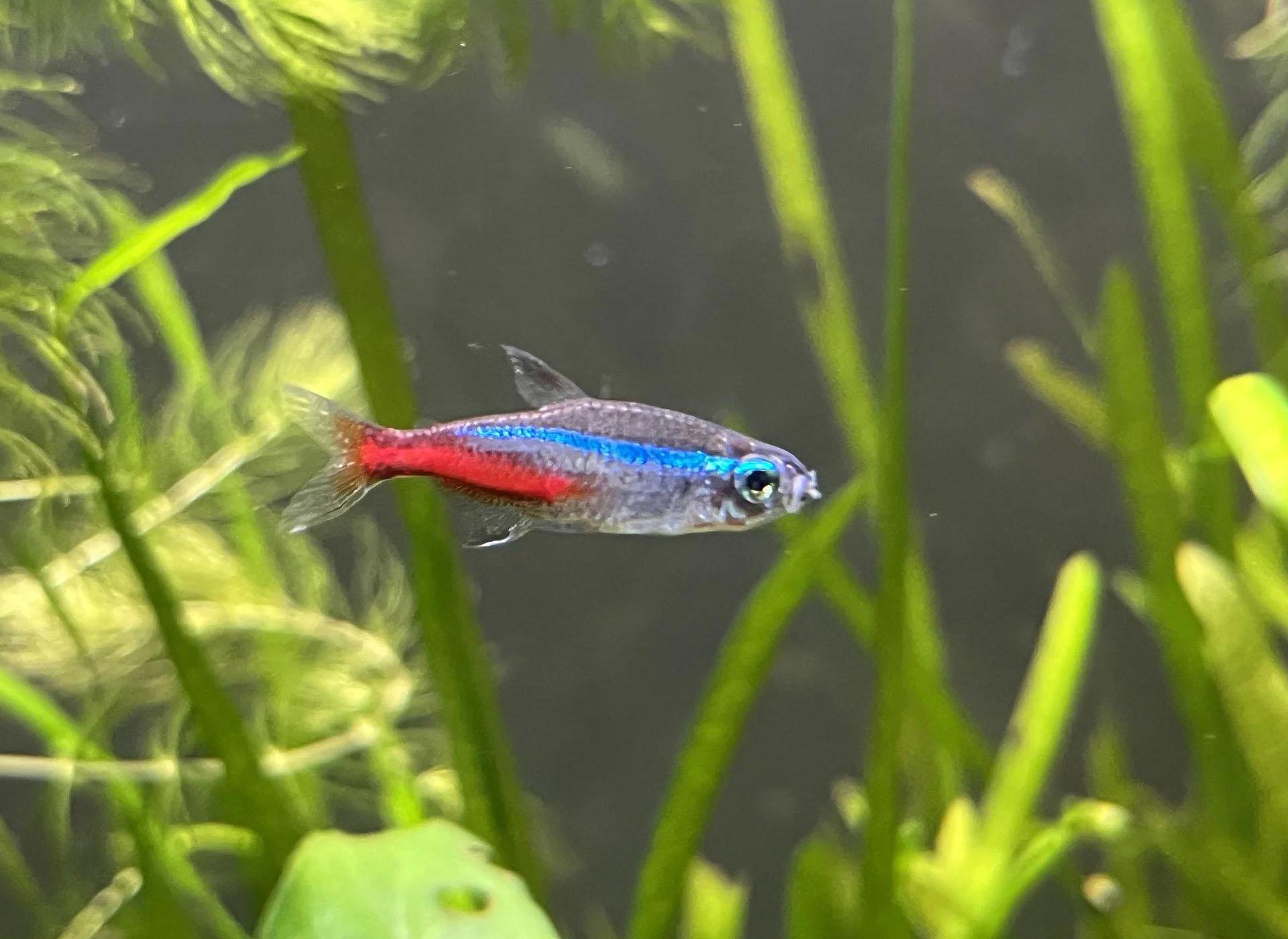
Improved Nutrition
Neon tetras with NTD frequently have difficulty eating but feeding high-quality, but easily digestible meals can assist. For these debilitated fish, live or frozen items are usually more appealing and healthy, such as daphnia, bloodworms, or brine prawns are available. These are not only more appetizing, but they also include important nutrients that can improve the fish’s immune system. Make sure the food is the right size for the neon tetras.
Maintain Water Quality
Clean water is critical for reducing stress-infected fish and preventing secondary infections. It is critical to change the water frequently and to use a water conditioner to remove chlorine and chloramine. To keep ammonia and nitrite levels at zero, perform partial water changes every few days. To detoxify hazardous pollutants and make tap water safe for your fish, use a water conditioner like a power internal filter. Maintain as clean an atmosphere as feasible in the isolation tank.
Observe and Monitor
Constant observation and monitoring of the affected fish is required. Analyze behavioral changes, such as increasing lethargy, loss of balance, or symptoms worsening. If the fish’s condition worsens and their quality of life suffers, euthanasia may be a good humane alternative. Keep a record of the fish’s condition, noting any improvements or declines. If you see significant suffering, seek advice from a professional aquarist or veterinarian on options in time.
Conclusion
Neon Tetra Disease is a hard opponent for these appealing neon fish in the complex realm of aquarium management. While a definite solution remains challenging, our investigation of treatment alternatives, ranging from quarantine and temperature adjustments to medication and enhanced feeding, provides aquarists with the information to tackle this persistent condition. Vigilance, compassion, and keeping clean tank conditions are our best allies in protecting the well-being of these fascinating aquatic companions.

